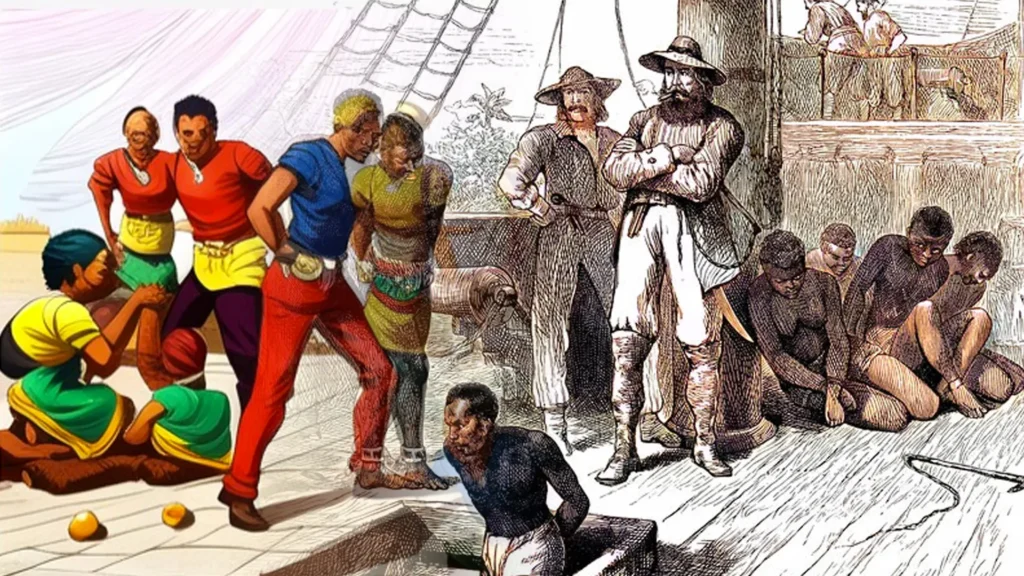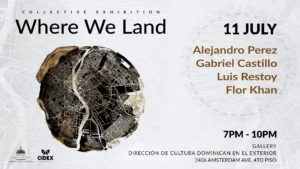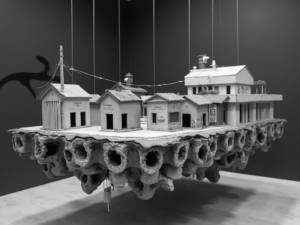Colonialism has left a profound mark on the history of art, influencing not only artistic production but also the way works are perceived and valued today. From cultural appropriation to the distorted representation of colonies, art has become a mirror reflecting the dynamics of power and exploitation of past eras, as well as a space for resistance and reconfiguration.
Cultural Appropriation and Its Consequences
One of the most evident manifestations of colonialism in art is cultural appropriation. European and Western artists have often taken aesthetic and thematic elements from colonized cultures without adequate recognition of their origins. This practice not only strips cultures of their historical context but also perpetuates stereotypes and simplified narratives that favor colonial powers.
Artists like Pablo Picasso, in his work “Les Demoiselles d’Avignon,” drew inspiration from African masks, demonstrating how colonial influences can reshape an artist’s aesthetics while also blurring the cultures from which these elements originate.
Distorted Representations
Colonial art, both in its production and legacy, has contributed to the construction of distorted images of non-Western cultures. Works from this era often depicted colonized peoples as exotic, savage, or in need of civilization. These representations not only dehumanize communities but also reinforce the narrative of cultural superiority of the colonizers.
This legacy persists in contemporary art, where stereotypes continue to be reproduced in many works that fail to capture the complexity and richness of the cultures represented.
Resistance and Reconfiguration in Contemporary Art
Despite these traces of colonialism, contemporary art has also become a vehicle for resistance. Artists from previously colonized communities are using their work to reexamine and rewrite imposed narratives. By reclaiming their histories and traditions, these artists challenge Western conceptions of art and promote a more inclusive and authentic vision of their cultures.
Artists like El Anatsui, whose work addresses themes of identity and colonialism through recycled materials, and Yinka Shonibare, who explores postcolonial identity through his sculptures and costumes, exemplify how art can be a powerful tool for questioning and subverting colonial narratives.
The Role of Art Institutions
Art institutions are also beginning to recognize their role in perpetuating colonial dynamics. Many galleries and museums are reevaluating their collections and exhibitions to include voices from colonized communities and to provide critical context regarding the history of colonialism in art.
The dialogue surrounding colonialism in art is not only necessary for understanding the past but also fundamental for building a more equitable future in the global art landscape.
Conclusion
Colonialism in art is a complex issue that continues to have repercussions today. As we explore the traces of this history, it is vital to foster a dialogue that not only acknowledges the injustices of the past but also celebrates the voices and narratives that have been marginalized. Art has the power to transform and heal, and by addressing the implications of colonialism, it can become a catalyst for change and inclusion in the contemporary world.









